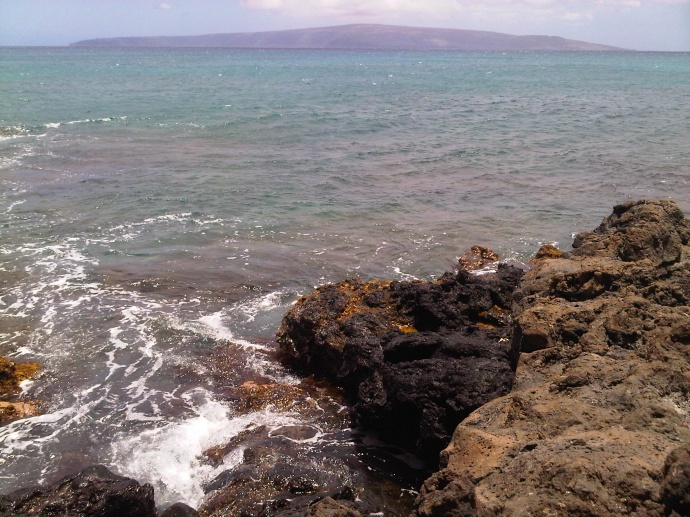EPA Interim Report: Lahaina Water Safe for Swimming
By Wendy Osher
The Environmental Protection Agency released preliminary results from an ongoing investigation to evaluate the fate and transport of treated wastewater injected at the Lahaina Wastewater Reclamation Facility near the Kaanapali coast on Maui.
While the report confirms a hydrologic connection between the Lahaina facility’s treated wastewater injection wells and the near-shore seeps, monthly sampling by the Hawaii Department of Health has detected no bacterial indicators.
According to the interim report, one of two tracer dyes introduced in the wells was detected at the coastal seeps, located roughly one-half mile southwest of the Lahaina facility and between 3 and 25 meters from shore. Authorities say the studies for detection of the second tracer dye are inconclusive, although data collection at the seeps continues.
DOH monitoring near the seeps indicates bacterial levels that are “low or non-existent, and well within the range considered safe for swimming.”
Maui Mayor Alan Arakawa said the results from the DOH confirm that Maui’s ocean water is clean and safe, and confirms that the facility is keeping all harmful bacteria out of the ocean.
“The County of Maui, State of Hawaii Department of Health and the Environmental Protection Agency continue to work cooperatively to obtain the best science to inform our decisions, a process that is ongoing,” said Mayor Arakawa in a statement released this morning.
In 2011, the EPA required the County of Maui to increase its level of wastewater disinfection prior to injection. In addition, the county is on schedule to meet EPA requirements to achieve full ultraviolet disinfection of all wastewater at the Lahaina facility by December 2013.
“We now have a much better understanding of the movement of the wastewater injected in Lahaina,” said Jared Blumenfeld, EPA’s Regional Administrator for the Pacific Southwest in a media statement today.
“Although we continue to collect and analyze data, the findings underscore the need for EPA and the Hawaii Department Health to consider any and all regulatory tools to ensure protection of public health and the marine habitat, including nearby coral reefs, in West Maui,” said Blumenfeld.
According to the EPA, it took just under three months for the tracer dye to first appear at the seeps, however, the results suggest an average travel time from the injection wells to the submarine seeps in excess of seven months. Additional key results include the temperature, salinity, pH, nutrient concentrations, and discharge rate of the monitored submarine discharges.
The University of Hawaii study was initiated in July of 2011, and was funded by the US EPA, US Army Corps of Engineers, and the Hawaii Department of Health.
Researchers will continue to collect data from water samples from the identified discharge points through the end of 2012, with a final report expected in June of 2013.
The final report will include continued data analysis and modeling to clarify the processes that affect the transport of the treated wastewater effluent and its eventual discharge into the marine environment.











